I've got a file named MovieID_NameID_Roles.txt that is 1,767,605 KBs.
I need to loop through it to parse and then populate a Database Table.
Wanting to work with several small files rather than that one humongous one, I found this answer to a question on how to split large text files.
Based on the accepted answer, which says:
into files with 10000 lines each: split myLargeFile.txt -l 10000
...but down at the bottom of the second screen shot gives what appeared to me to be a "fancier" version of this command, with some niceties thrown in:
split MovieID_NameID_Roles.txt MySlice -1 10000 -a 5 -d
So, I downloaded and installed Git/Bash, and ran this in it:
split MovieID_NameID_Roles.txt MySlice -1 10000 -a 5 -d
But rather than split my very large file into files of 10,000 lines each, as I was expecting (or at least hoping), it generated files named 1000000000 through 1000099999, each one only 1KB in size; and then the splitting stopped working, with an error message "output file suffixes exhausted.":
So what is the command I should use to split my file into smaller files of 10,000 lines each?
